Dragon Fruit Facts
- Most notably, the term Dragon Fruit serves as the common name for any of four separate species of remarkable looking cacti. Quite surprisingly, a minor mystery still surrounds the plant. That’s because many generally believed that these plants evolved as native to Central America and parts of Asia. In actuality, it originally evolved in Mexico.
- However, partly due to its highly distinctive appearance, the highly unique fruit quickly spread to other parts of the globe. That’s due to the fact that early European explorers later transported the plant to Europe, and then to Asia. Furthermore, many varieties of these remarkable plants now occur in dozens of countries, as well as on numerous islands.
- These species of cacti also hold yet another fascinating status, thereby distinguishing them from related species even further. This holds true due to the fact that the four types of Dragon Fruit rank among those rare few that blooms only at night. The flowers these flora produce typically show white. They also typically grow comparatively large in size.
Related Articles
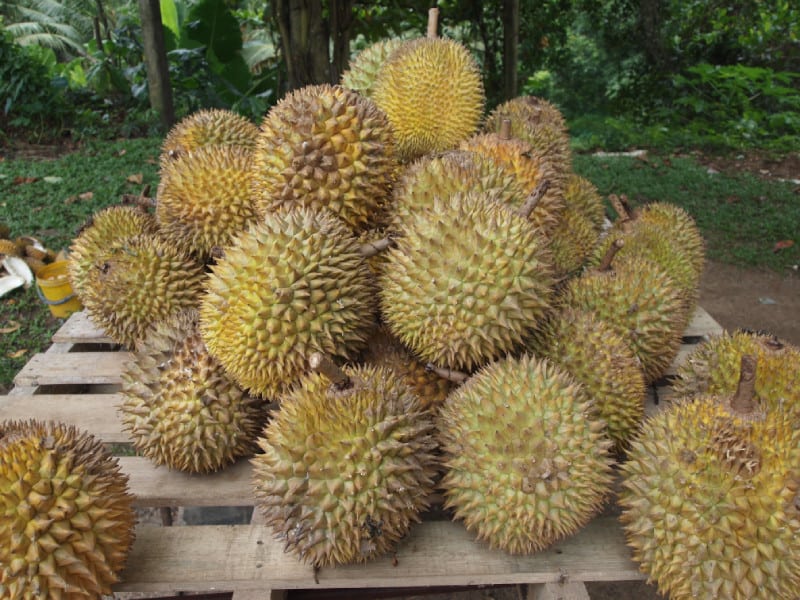
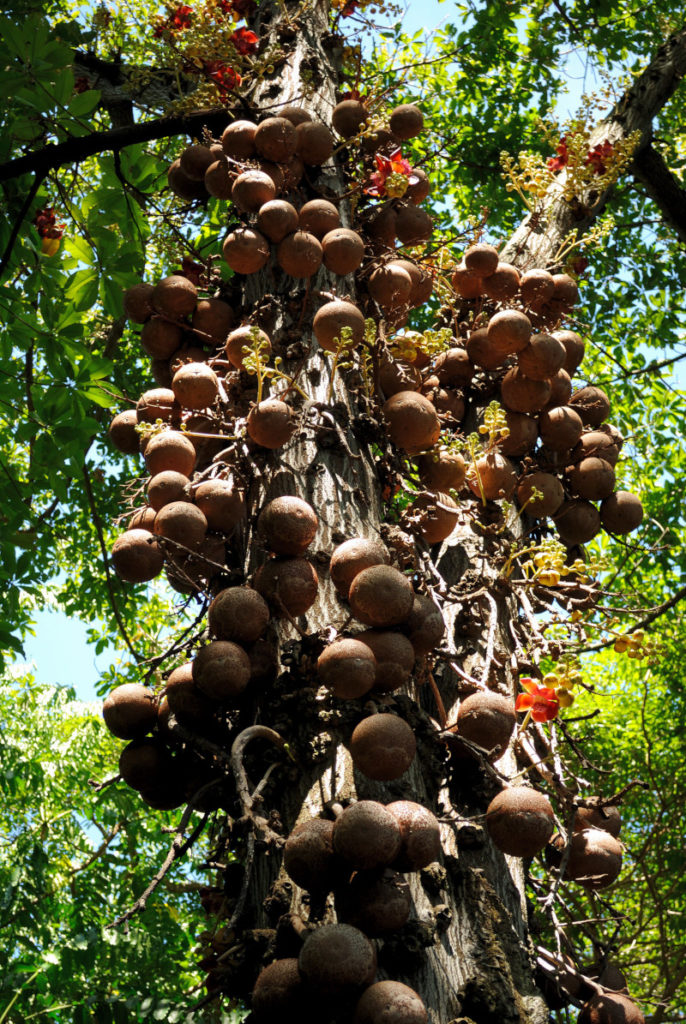
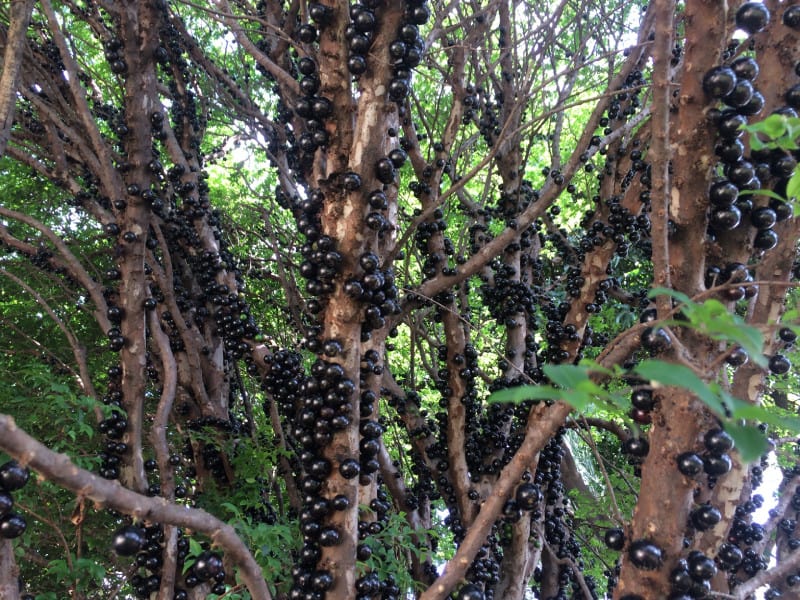
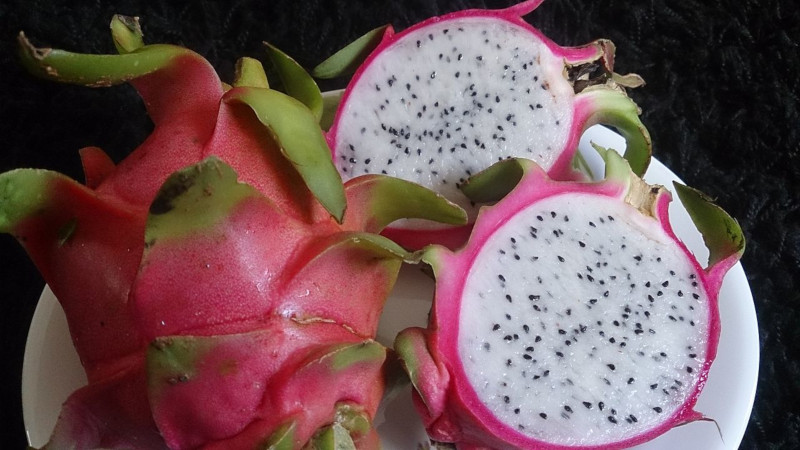
Dragon Fruit Varieties and Cultivation
Since several varieties of Dragon Fruit currently exist, physical characteristics understandably exist. But, certain traits remain consistent between them all. Firstly, each of these remains distinguished by the different colored flesh of the fruit of the plant. These varieties include, white, red, and yellow.
Secondly, the variety possessing the white flesh remains by far the one most commonly seen and consumed. This holds true due to a variety of reasons, including taste, texture, and availability. Furthermore, the fruits of the plants typically weigh between 0.33-2.2 lb (0.15-1 kg), depending upon the variety.
The different forms of the amazing plant also have other physical traits in common, as well. One of these remains the fact that he blooms wilt very quickly after opening. The plants also bloom only at night. Being night blooming in nature, these principally depend on bats and moths for pollination.
Additionally, all of the species commonly referred to as Dragon Fruit have yet another trait in common with each other. That’s because all of them typically bloom multiple times per year. In point of fact, it can bloom as often as 6 times per year. Finally, fruits usually develop with each blooming.
- Kingdom: Plantae
- Phylum: Angiosperms
- Class: Eudicots
- Order: Caryphyllales
- Family: Cactaceae
- Genus: Hylocereus
Dragon Fruit Consumption and Uses
Many people find it appealing because they consider the texture of the fruit of the Dragon Fruit to be somewhat similar to the kiwifruit. This supposed similarity occurs due to the physical nature of the numerous seeds that it most commonly produces. That similarity is the fact that the seeds of all forms of the plant develop as quite tiny and crunchy, making for pleasant consumption.
Furthermore, the flesh of each of the different types of Dragon Fruit develop as comparatively quite low in calories. In addition, the majority of consumers believe that it also possesses a slightly sweet taste. The seeds further develop very rich in lipids, and they must be chewed. If not chewed these unfortunately remain indigestible for humans. The skin also cannot be digested.
Additionally, the flowers themselves often get used for the making of tea. While not edible in itself, the skin of the fascinating fruit nevertheless holds great promise for researchers. That holds true due to what lies within it. Researchers discovered that the outer peel of the fruits of the plants contains organic compounds currently being studied for possible cancer-fighting properties.
Species Sharing Its Range
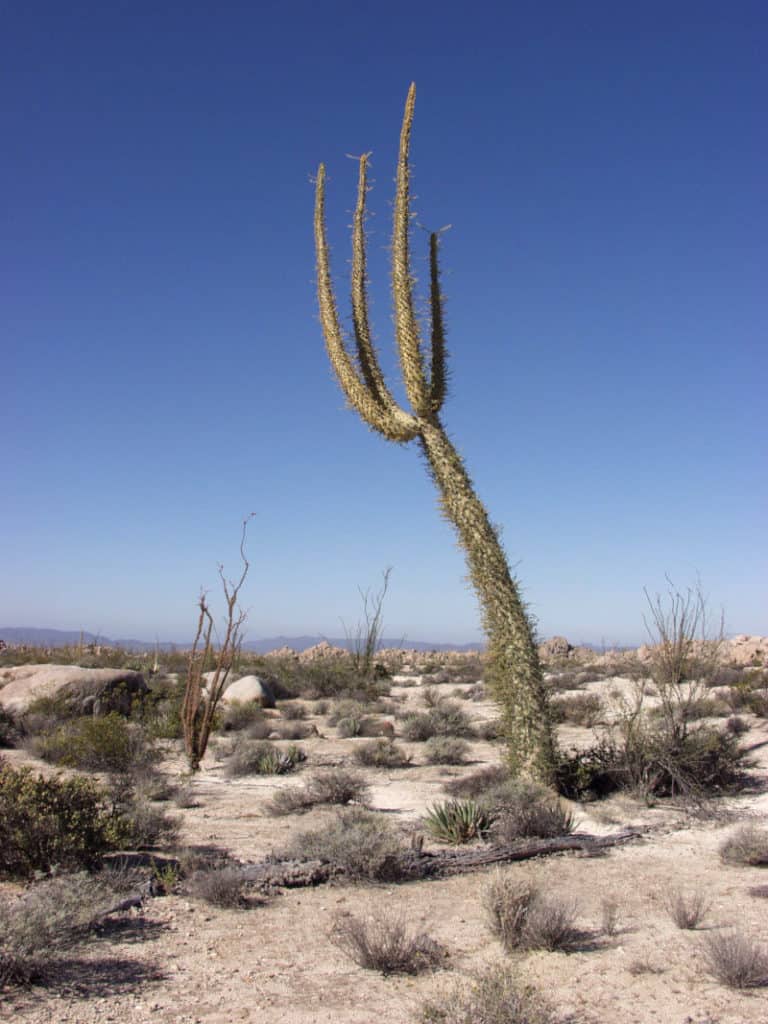
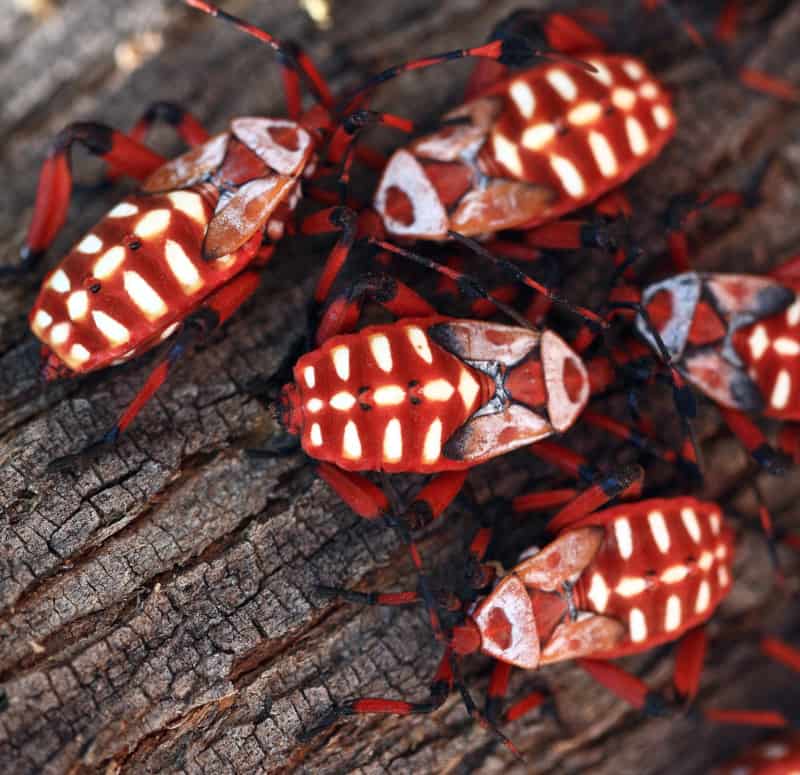
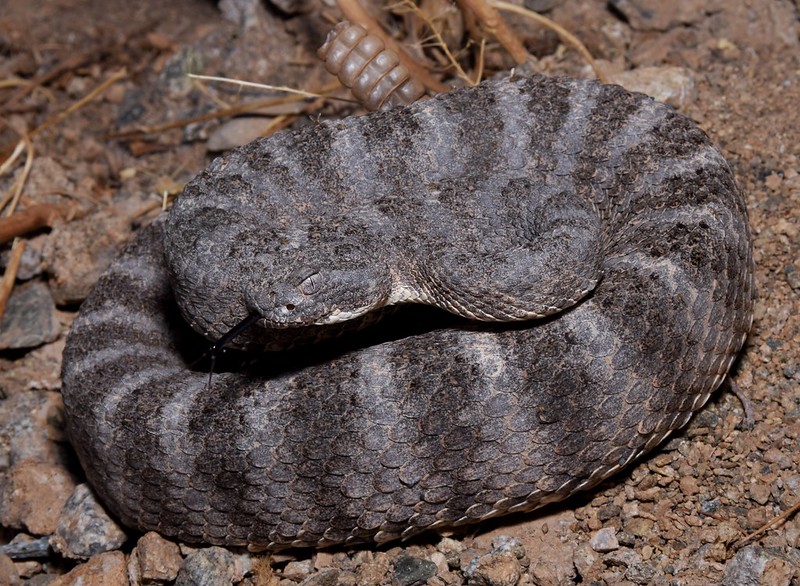
Check out our other articles on 8 Geological Wonders of North America, Basking Shark, Lauterbrunnen Valley, Chilean Firebush, Aardwolf, Autumn Meadowhawk, California red-sided garter snake
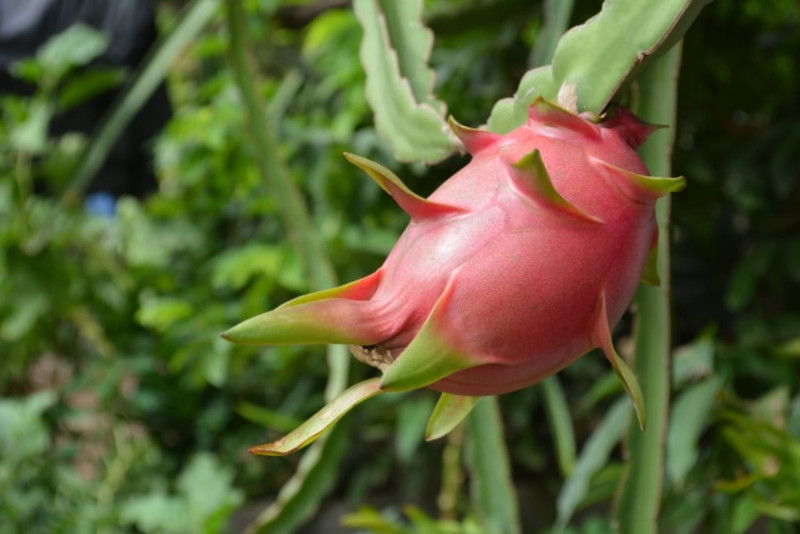
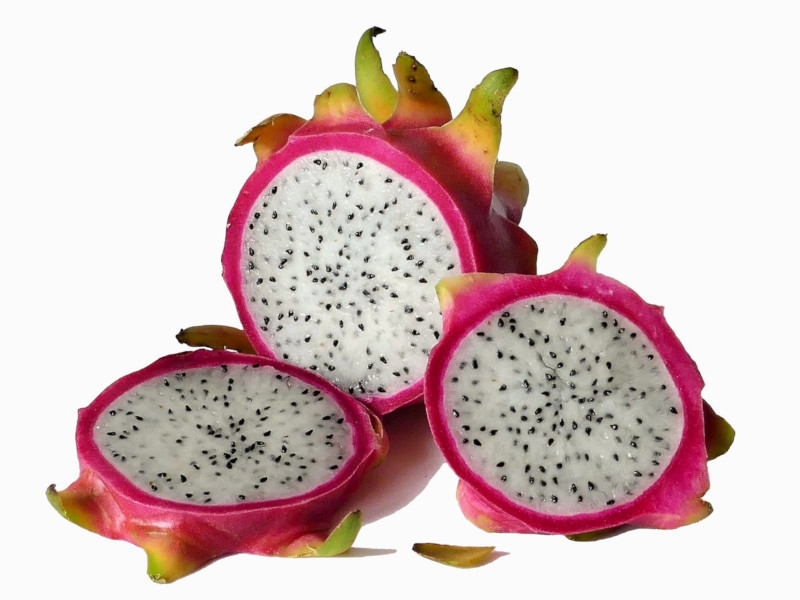









Leave a Reply